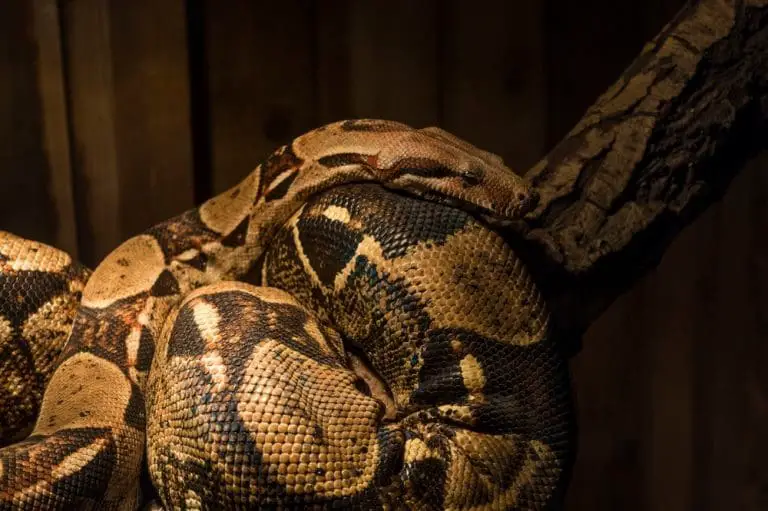In a horrifying and bizarre turn of events, a missing mother of four was tragically found dead inside a giant python. The woman, identified as Jahrah, had been reported missing in Indonesia after she failed to return home from her job at a rubber plantation in the Jambi province. The shocking discovery has left the local community in disbelief and raised concerns about human-wildlife interactions in the region.
Jahrah’s disappearance prompted a frantic search by her family and local villagers. For two days, they scoured the area around the plantation, fearing the worst. On the second day, searchers found a massive reticulated python, an apex predator capable of swallowing large animals whole. Suspecting the snake might be involved, they captured and killed it. To their horror, upon cutting the snake open, they found Jahrah’s body intact inside the python’s stomach.
Reticulated pythons are among the world’s largest snakes, known to reach lengths of over 20 feet. They typically prey on smaller animals, but there have been rare cases where humans have fallen victim. Jahrah’s death is a stark reminder of the potential dangers posed by these powerful predators, especially in areas where human activity overlaps with their natural habitat.
The incident has left the village in shock and mourning. Jahrah was a well-known and beloved figure in her community, and her loss is deeply felt. Her death has also sparked conversations about the balance between rural communities and wildlife. In regions like Jambi, where dense forests and human settlements coexist closely, encounters with dangerous wildlife are not uncommon, though such fatal incidents are rare.
Local authorities have urged residents to remain vigilant, especially in areas known to be inhabited by large snakes. They also plan to work on measures to reduce the risk of such encounters, potentially including the creation of barriers or other deterrents to keep snakes away from populated areas. This tragic event underscores the need for increased awareness and safety measures when living and working in close proximity to wildlife.
Jahrah’s story has resonated beyond her community, drawing attention to the broader issue of human-wildlife conflict. As urban expansion and deforestation continue to encroach on natural habitats, interactions between humans and wildlife are becoming more frequent and, at times, deadly. This incident serves as a somber reminder of the fragility of the balance between human activity and the natural world.
As her family and friends mourn Jahrah’s untimely death, they also hope that her story will lead to greater awareness and prevention efforts to protect others from similar tragedies. Her legacy, though marred by such a shocking end, might serve as a catalyst for change in how communities coexist with the formidable creatures that share their environment.




